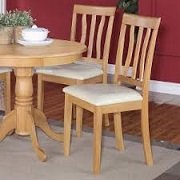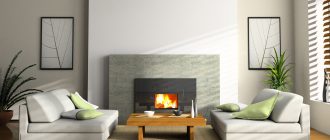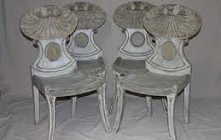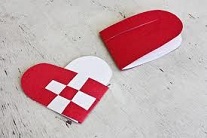Swedish antique chairs look royal and majestic. Read our guide below for more facts and information on Swedish antique chair styles…
When we speak about furniture, the first piece that came into existence was the “Stool” in 3100 BC followed by the “Chair” after some 600 years. The history of furniture and how various civilizations influenced the designs and patterns is quite interesting and fascinating. Swedish designs are known to be Gustavian thanks to the influence of the French styling on king Gustav III who redesigned the whole structure of Sweden’s architecture and furniture style.
Structure of the ancient chairs
When the stool transformed into a chair by adding a back to it the concept of a “chair” came into existence. Till the Middle Ages, chairs were quite uncomfortable and were especially reserved for people who held authority and respect. The common man still stayed away from the chair as the chair was associated with power.
The storage chests slowly started being used for seating purposes too and thus came the “bench” and later on the “sofa”.
Swedish antique chairs
Till the 17th century, there was a “master’s chair” that was solely for the senior-most of the family. It was built of oak wood and had a high back and square seat and massive arms. The structures then were quite austere and lacked exquisite styling.
By the 18th century, the European influence on Swedish furniture started gaining prominence. Leather seats with cushioned upholstered backs made their foray in Swedish furniture and the reflections of English and French elegant styles became quite obvious. By the middle of the 18th century, the Swedish chairs started displaying prominence of Rococo style in their design and architecture. The back and legs got curvier and had gesso decorations on the wood.
Gustav III brought Neo Classical designs and styling from France and radically changed the Swedish furniture styling during his reign. The curves got reduced to simple straight lines and the decorations on the tapering legs were reduced to less ornate designs like bellflowers, reeding, egg and dart friezes, lozenges and other similar restrained designs.
Swedish armchairs and sofas
Later, the demand for Swedish armchairs and sofas went up drastically. This time saw the introduction of the “divan” with high arms for comfort and elegance. Sofas and chairs had upholstered seats and loosened back cushions. You could find some lovely pairs of Swedish antique chairs with foliate designs on the back and upholstered in muslin cloth. These chairs have the original copper springs and have been redone and upholstery altered to suit your individual preferences. Some of the chairs are also repainted if the need arises. The restoration work is not obtrusive and is done with complete care to retain the antique value of the furniture and yet keep it usable.





